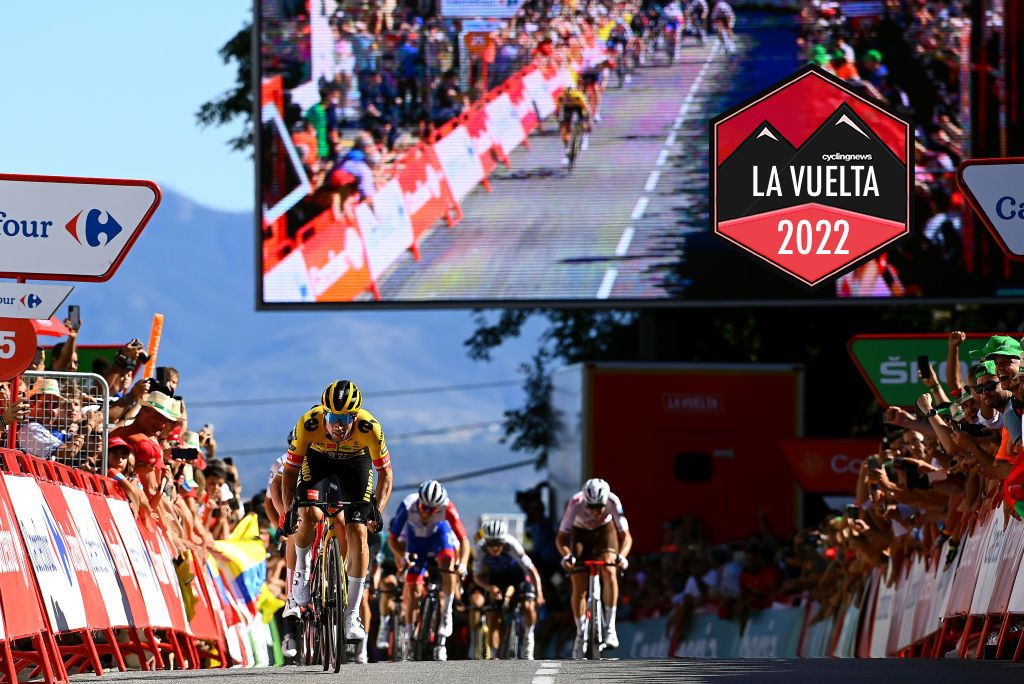The Vuelta a España is never slow to test climbing form and the 2022 race is no exception, with the first major mountain day on stage 6 set to put the GC riders through their paces with a 12 kilometre final ascent, Pico Jano.
The opening mountain stage of any Grand Tour is always a voyage into the unknown, but on this occasion even more so. Pico Jano has never been used in a pro race before, only in a couple of local under 23 events, and the final four kilometres set to be used on Thursday were only tarmacked this summer.
The discovery of the unknown will begin when the Vuelta heads out of Bilbao and the Basque Country and into neighbouring Cantabria, birthplace of some top racers like three-time world champion Oscar Freire, for the first summit finish of the 2022 event.
The time honoured cliche about not deciding the winner of the Vuelta will almost certainly apply to stage 6. But the two first category climbs late on will give a much more definitive form to the overall classification as well as showing which of the hypothetical GC contenders is, in fact, not at the top of their game.
“It’s going to do some damage for sure and not just because of Pico Jano,” Mikel Bizkarra, a pro with Euskaltel-Euskadi who is one of the few riders who’s done a full recon of the entire climb, tells Cyclingnews.
“I heard it was in the Vuelta this year, so I decided to go see it for myself, both Pico Jano and the Brenes, the first category climb which precedes it.”
“Brenes is really hard, tougher than Pico Jano because it’s shorter but steeper, and the road surface, assuming they haven’t done any work on it since the summer, is much worse, both on the ascent and the descent.”
“By the time the race gets to Pico Jano, the Vuelta peloton will already be a lot smaller than usual. And then the first part of Pico Jano is the hardest so that’ll be where the GC teams try and squeeze things down even further.”
Just 6.8 kilometres long, about half the complete distance of Pico Jano, almost a third of Brenes has gradients of well over 10%, with segments at 15%. As Bizkarra said, with just 20 kilometres to go from its summit to the foot of Pico Jano, it looks likely to prove a decisive point in the stage.
As for Pico Jano, Bizkarra underlines that with a flat segment of around a kilometre half way up, it arguably makes no sense for the Vuelta’s GC riders to attack too soon, “because the easier part could allow other…
Click Here to Read the Full Original Article at CyclingNews RSS Feed…

